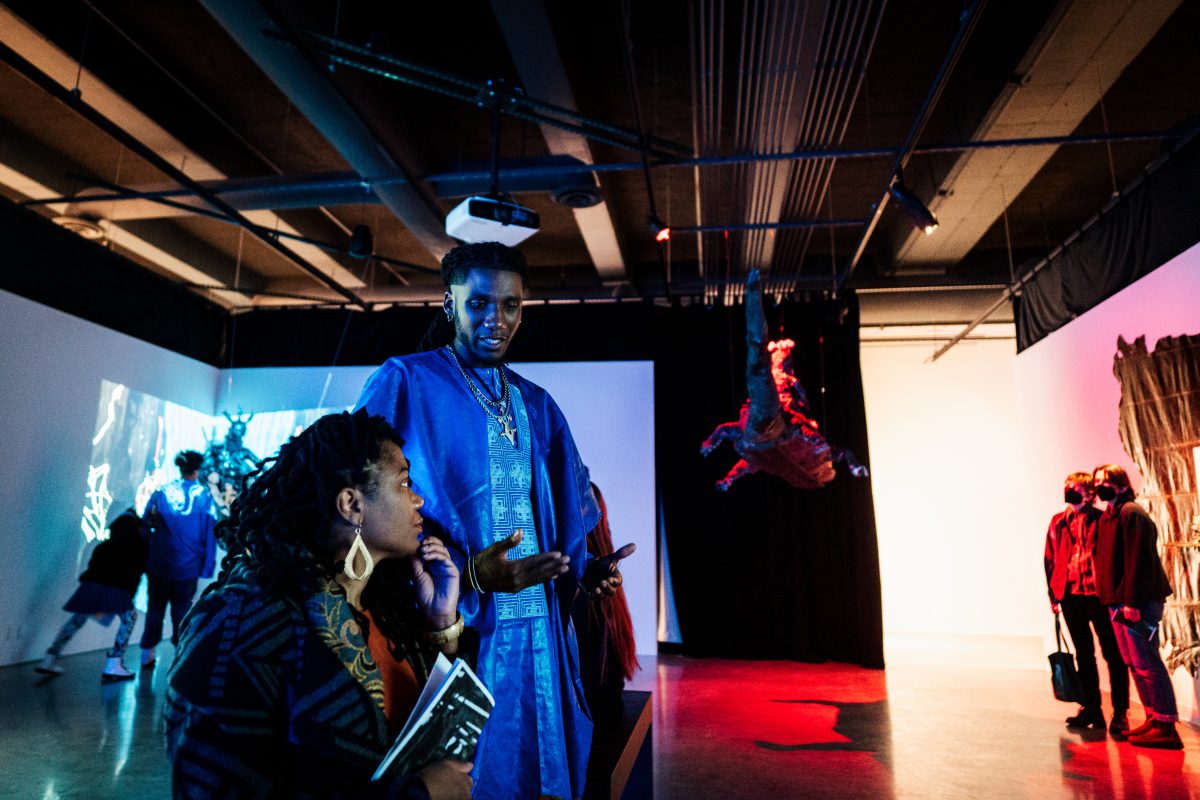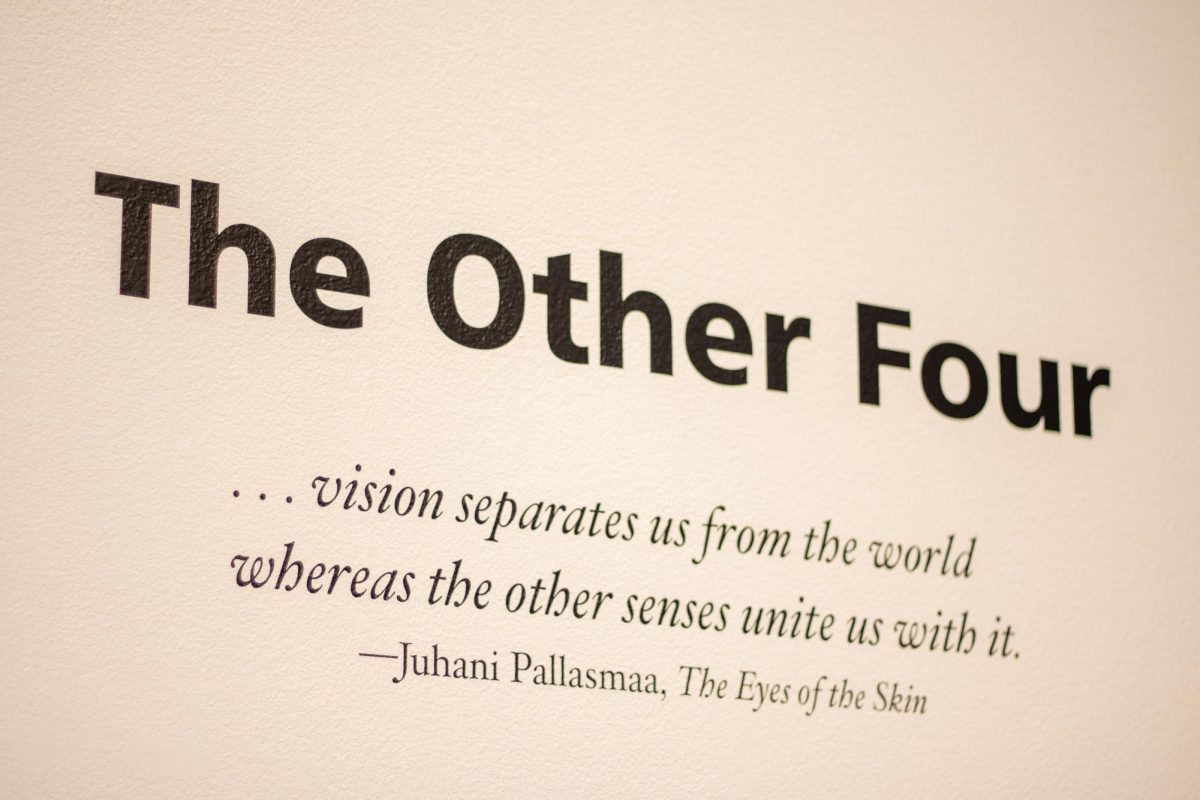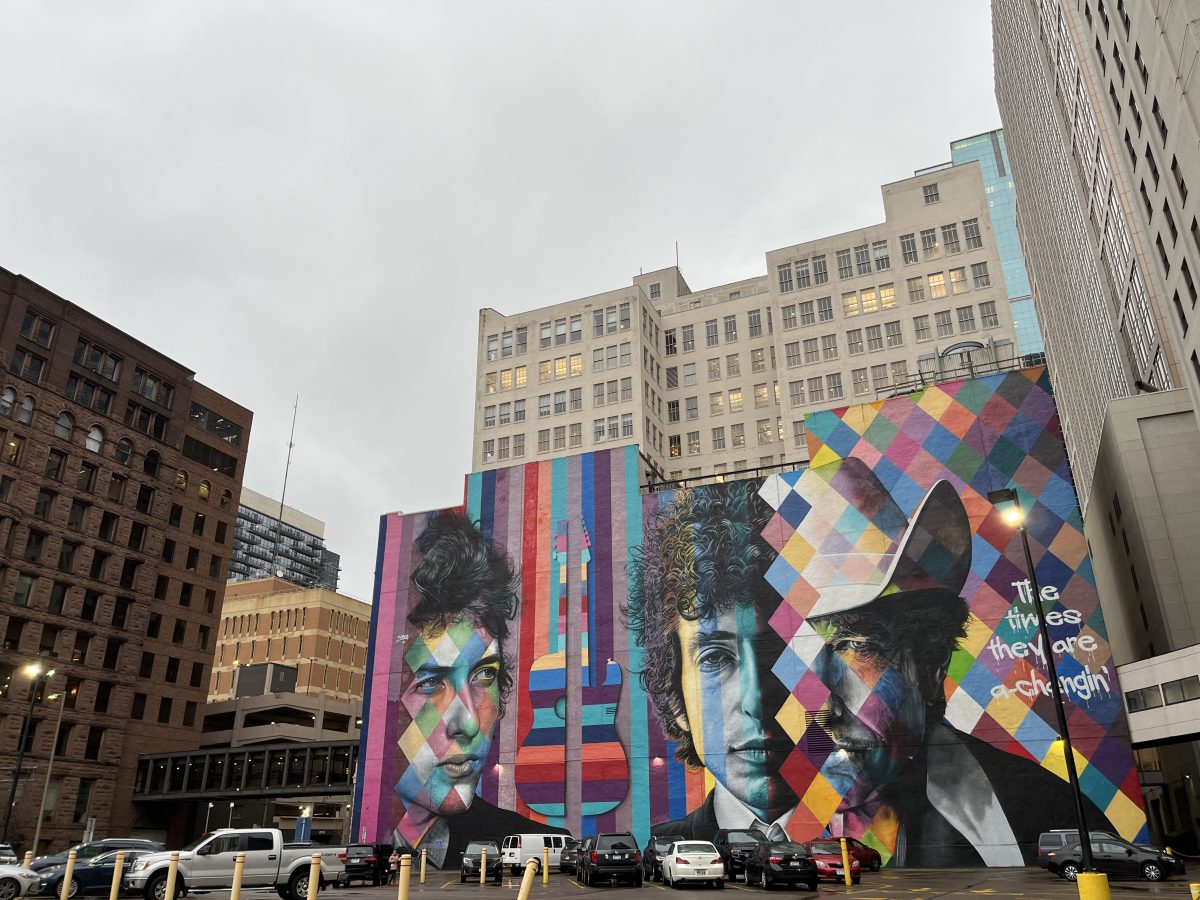Jack Kabrud has spent years researching beautiful, nearly naked female dancers. He has collected photographs and films of ladies bathing on stage, performing various breast tricks and shimmying seductively amid bubbles and fans.
In the process, Kabrud, the director and curator of the Hennepin History Museum, assembled a meticulous historical portrait of the burlesque industry in Minneapolis.
The collection of burlesque-themed newspaper clippings, photographs and artifacts make up an exhibit now showing at the Hennepin County Museum titled ìHips, Pips and Strips: A Revealing History of Burlesque in Hennepin County.”
ìWhen I started researching Minneapolis burlesque three years ago, there was really no existing body of material,” he said. ìAnd not only here, but anywhere.”
So Kabrud started at square one. He perused yellowed, century-old Minneapolis newspapers, pored over photographs and postcards, and researched the only two Minneapolis burlesque venues that still exist today, the Gayety and the Orpheum Theater.
He found enough information about theaters, agents and managers, the comedians who opened for shows, the chorus girls and the stars themselves to trace an industry through time, from its beginnings in the mid- to late 19th century to its decline in the 1940s because of moral and Christian groupsí objections.
He learned that, like todayís female entertainers, burlesque performers ranged from tawdry to talented.
But Kabrud clarified that burlesque, which was especially popular from the turn of the century into the 1920s, was different from what we now associate with stripping and exotic dancing.
Burlesque performers never ìgot completely naked,” he said, always wearing at least pasties (ìthere were never any nipples”) and thonglike underwear; while these were sometimes flesh-toned, they were always there.
And though bawdy barroom performances existed at dive bars throughout the era in Minneapolis, most burlesque performers were entertainers, rather than simply naked bodies. Some women presented humorous or satirical routines. Most had some formal dance instruction, which they needed to create and perform original stage routines. Others were from old show business families.
The entertainment value meant women and men attended burlesque shows together, Kabrud said, in contrast with todayís more ìmale only” strip-club clientele.
ìHips, Pips and Strips” documents personalities like the smiling, full-figured Carrie Finnell, dubbed ìMinneapolisí Sweetheart” in a postcard. Along with her chorus girls, Finnell frequented Minneapolis. She was known for her ì$100,000 legs” and her amazing ability to swing the tassels on her pasties in a circular motion.
ìShe could really do anything she wanted with them,” he said.
Other performers and showgirls ó with names like Evelyn West, Yvette Dare and Tempest Storm ó had their own specialties. West appeared on stage dressed in layers of clothing, including outerwear, and proceeded to remove each item one at a time.
As she stripped, she told the audience where she purchased each item and asked them if they liked it.
ìWhen she got down to her pasties, she told the audience she needed to buy a new outfit,” Kabrud said, calling Westís routine ìa little nuts.”
Other performers sashayed in and out of oversized fans. One woman did a ìDevil Dance” with a garish puppet attached to her arm.
Each demonstrated that with burlesque, sexiness is in the performerís presence, rather than in pornography.
Regardless of the routine, venues and performers had one thing in common: Occasionally, each would try to ìpush the envelope” of what was expected ó and allowed ó through more exposed skin or more risqué antics.
Clubs competed for audiences this way, but had to avoid getting caught in the act by police. Some even had a special light bulb that would blink if authorities were present, or if stage managers thought a woman was going to try something especially lewd.
Despite these occasional forays, midrange-and-above burlesque performers actually made ìgood money,” he said, and garnered respect for their profession.
But respect for the exhibitís content was not something Kabrud expected, especially from area womenís groups.
ìI was really prepared to get some nasty commentary from womenís groups, for objectifying (the female performers). Itís a pretty untraditional exhibit for a history museum,” he said.
Kabrud was in for a surprise.
Several womenís groups devoted to community service or political parties have toured the exhibit and said they enjoyed it thoroughly.
ìPretty consistently, they said when they look at these performers, they see real women,” he said. ìThey arenít cut out of a boob mold, like strippers today.”
He noted that the exhibit represents a more innocent time, and that the burlesque dancers and strippers clearly had real talent, both possible reasons that the exhibit entertains but doesnít seem to shock visitors.
And the entertainment factor is no accident, Kabrud said. His philosophy involves featuring appealing and offbeat exhibits documenting groups often ignored or not usually thought of as ìhistoric.” Itís part of an effort ìto bring more people into history museums,” he said.
Of course, Kabrudís interest in Minneapolis burlesque, along with this exhibitís run, correspond to a larger revival of interest in vintage burlesque shows. Several Minneapolis venues and companies have begun performing shows in the last few years; Liliís Burlesque Revue even performed at the exhibitís opening, he said.
But along with documenting burlesqueís revival in Minneapolis, Kabrud said he really should be collecting current paraphernalia from area strip clubs.
ìHistory is always happening. In 50 or 100 years, we might want to design an exhibit about todayís strippers,” he said. ìAfter all, theyíre a part of history, too.”














